More than a decade after the F-117 Nighthawk stealth attack jet’s official retirement, it remains a hot topic of discussion and speculation, especially given that some of the aircraft are still flying. The War Zone can now confirm that the Air Force still has 51 of the aircraft in its inventory and has not destroyed any of the aircraft since 2008, despite a Congressional mandate two years ago to dispose of four of them annually. We can also explain what happened to an F-117 that bystanders recently spotted on a flatbed semi-trailer on a road near the Air Force’s Plant 42 complex in southern California.
The War Zone has been working for months to obtain new details about the state of the F-117s, both by contacting the Air Force directly and through the Freedom of Information Act, which continues to prove to be curiously difficult. Brian Brackens, an Air Force spokesperson at Wright Patterson Air Force Base, provided the updated information in an Email on Aug. 28, 2019. The remaining Nighthawks are still at the secretive Tonopah Test Range Airport in Nevada. Lockheed Martin only ever built 59 F-117s, along with five pre-production YF-117s, so 51 aircraft represent the bulk of the total production run. This largely dispells persistent rumors over the years that the Air Force had been quietly destroying the remaining aircraft, possibly by simply burying them out at Tonopah.
Until 2016, there was a legal requirement to keep the F-117s in so-called “Type 1000” storage, meaning that they would be maintained in a state where they could be returned to active service relatively quickly, if necessary. The annual defense policy bill, or National Defense Authorization Act, for the 2017 Fiscal Year nullified this and replaced it with the four-per-year disposal plan. The Air Force Life Cycle Management Center at Wright Patterson Air Force Base in Ohio subsequently developed what it calls a “migration plan” for how to get rid of the F-117s.
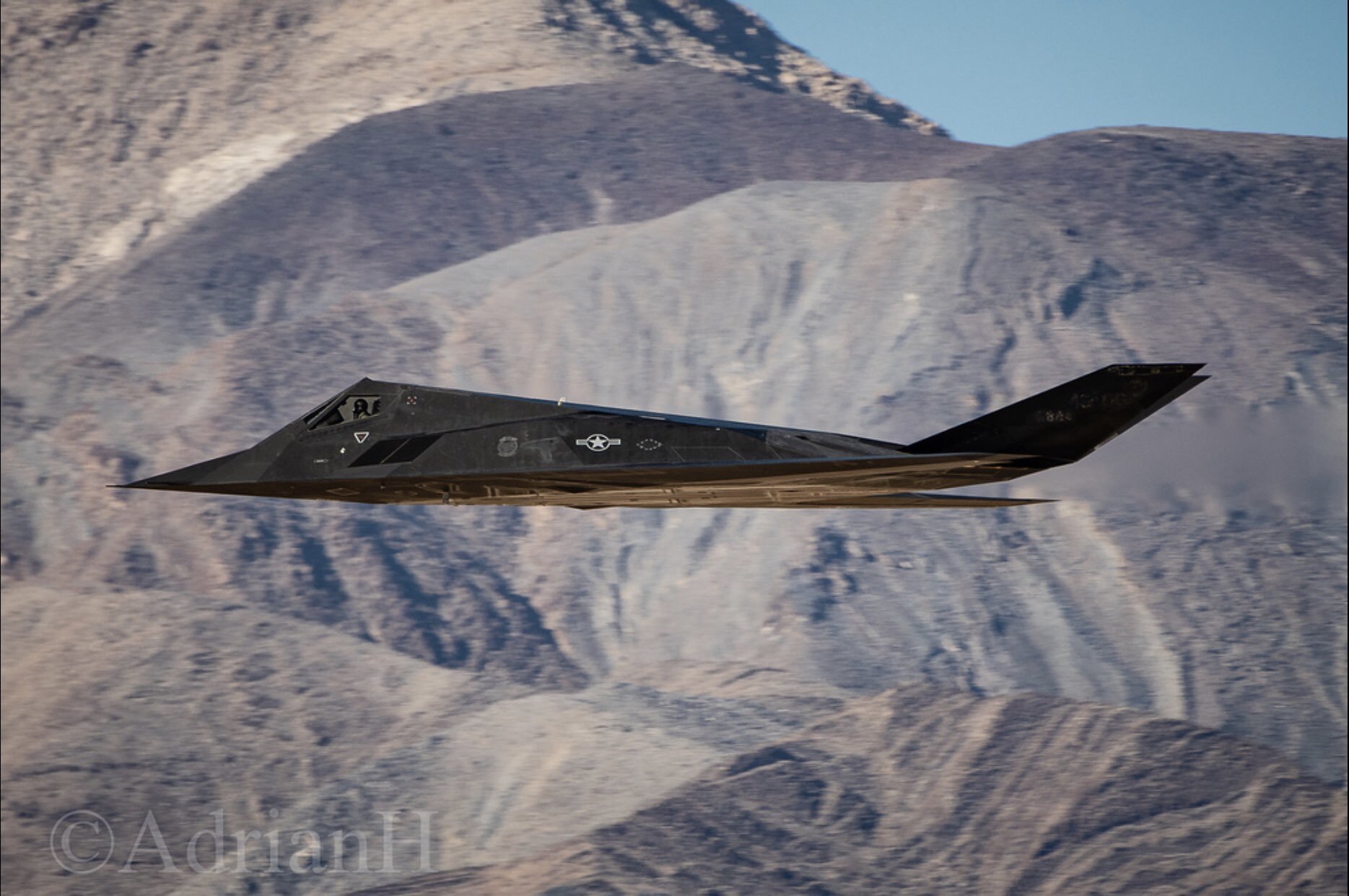
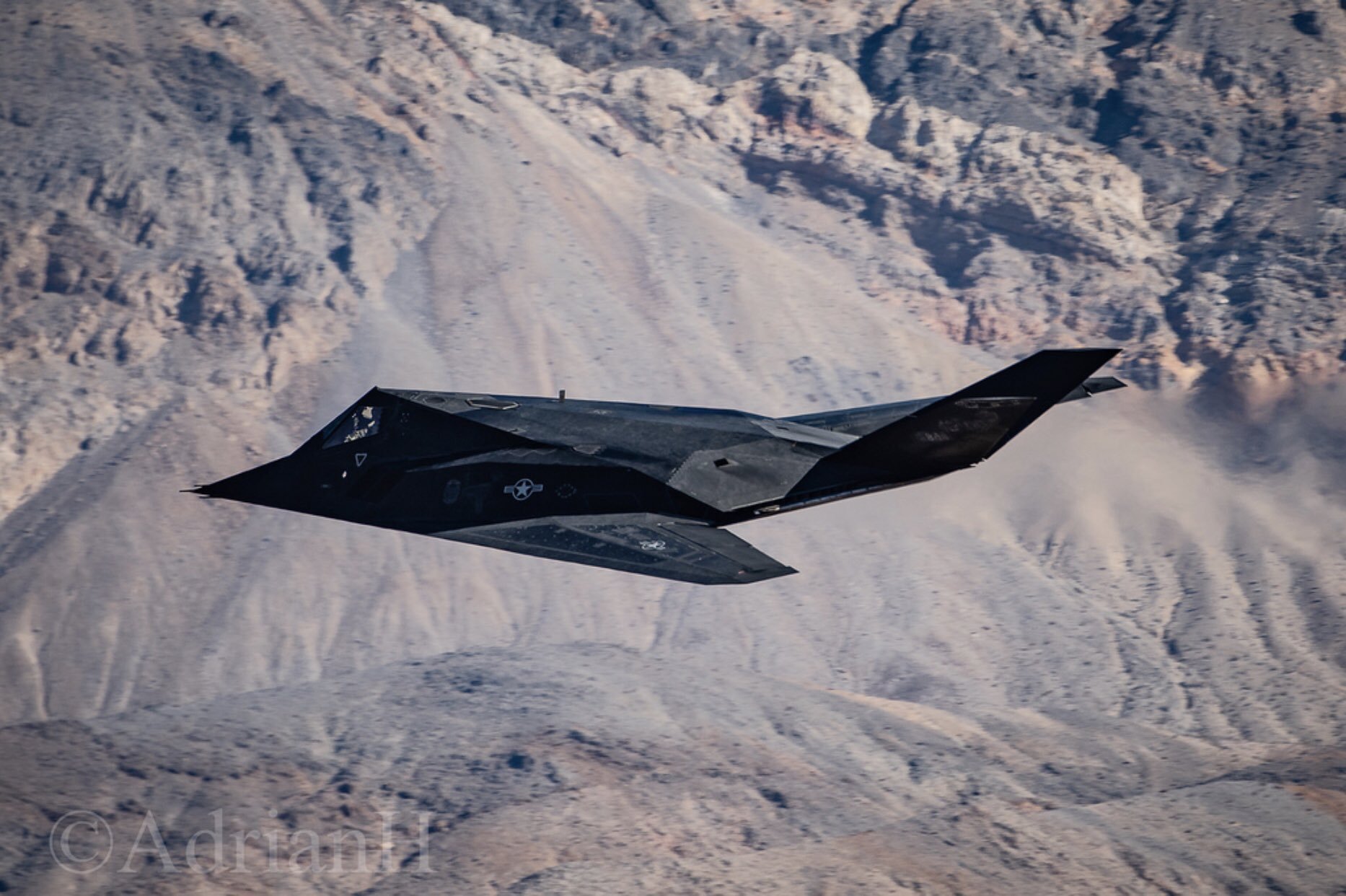
“The Air Force planned to dispose of one F-117 in FY17 and approximately 4 every year following, however, there was a requirement for an environmental impact study prior to operating a Media Blast Facility,” Brackens, the Air Force spokesperson, told The War Zone in his Email. “That study delayed construction and completion of the facility until this year.”
“Media blasting” in this instance refers to using abrasives to remove the sensitive radar-absorbing material coatings that cover the F-117’s skin. This is a notoriously complex process. The material also happens to be highly toxic and requires personnel performing the blasting to wearing head-to-toe protective gear and utilize specialized facilities.
The Air Force had to go through this process with a YF-117 pre-production aircraft, serial number 79-10781, in order to send that aircraft to the National Museum of the U.S. Air Force at Wright Patterson Air Force Base in 1991 for display. Workers went so far as to spray-paint the phrase “Toxic Death” on the aircraft’s bare skin afterward. You can read all about that Nighthawk, and the other work required to make it ready for display, in this past War Zone piece.
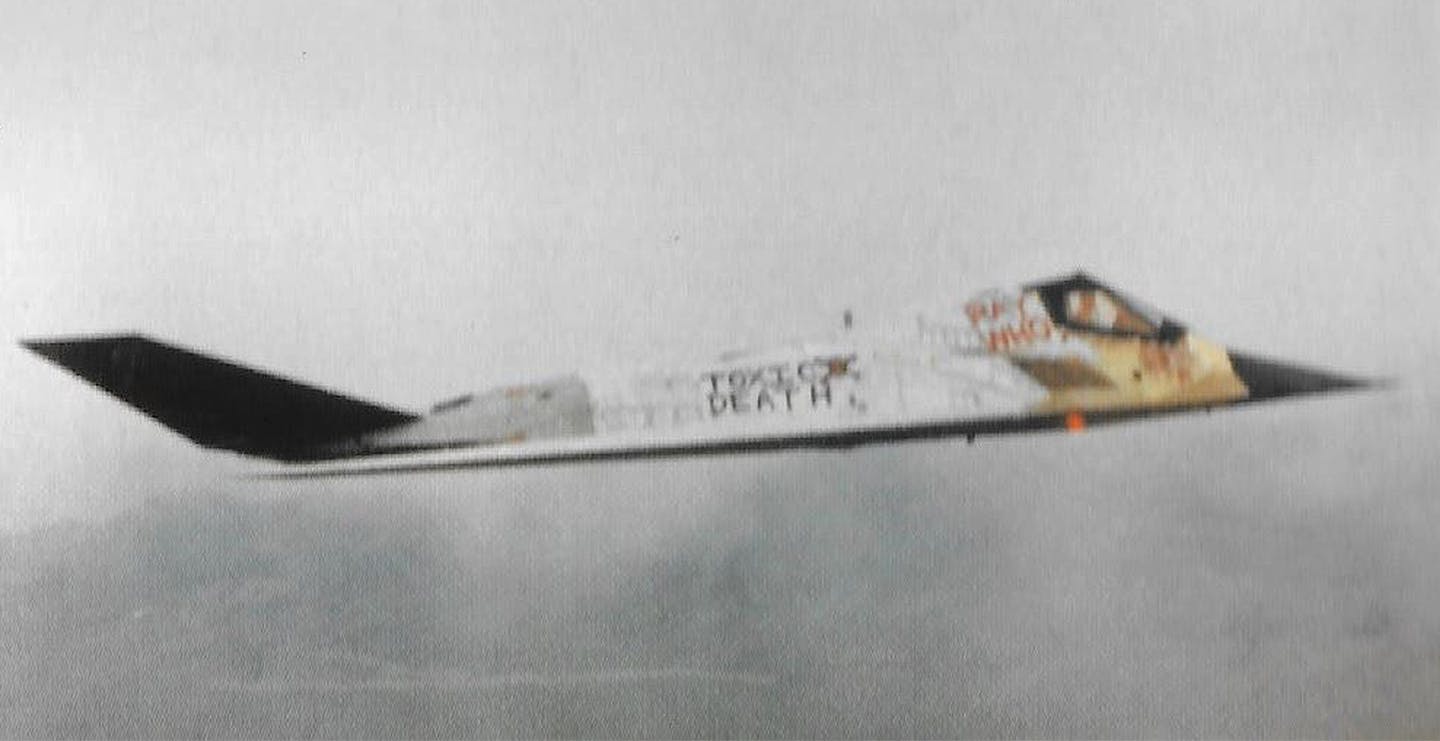
So, it’s not surprising that the Air Force would have to complete a rigorous environmental impact study before opening up the new dedicated facility at Tonopah to perform this work on dozens of F-117s. At a rate of four-a-year, this site will have to be active for nearly 13 years in order to dispose of 51 Nighthawks.
It is also not clear how, or if, the Tonopah media blasting facility’s operations might differ from how Air Force has performed this work in the past. The Air Force initially told The War Zone that it had destroyed an F-117 at Plant 42 in the 2017 Fiscal Year, as planned, as a proof of concept, but this turned out to be in error. As such, it remains unclear where the Nighthawk that bystanders had spotted on a highway in southern Nevada back in 2017 was headed and why.
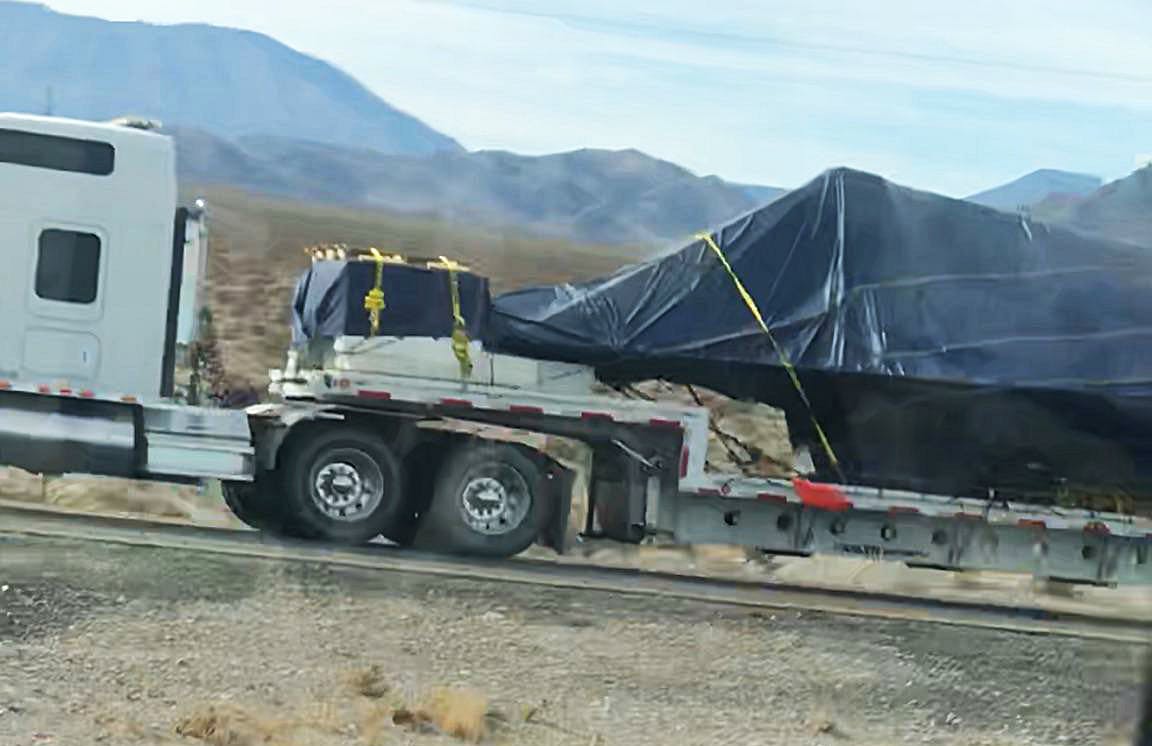
Lockheed Martin did destroy a YF-117, with the serial number 79-10784, at its facilities at Plant 42 in 2008. This was as a proof of concept for a possible method of disposing of the Nighthawks, which may have helped inform the Air Force’s current “migration plan.”

Brackens, the Air Force spokesperson, did confirm that another Nighthawk did arrive at the National Museum of the U.S. Air Force on Aug. 22, 2019. This was very likely the aircraft that bystanders saw near Plant 42 the week before, where it could have undergone media blasting or other demilitarization before getting flown to Wright Patterson.
It also is possible that the one that emerged in 2017 was in the process of being demilitarized in order to go to the National Museum of the U.S. Air Force and this second wrapped-up example is headed for a different fate. There are indications that a number of other museums are trying to acquire F-117s, as well.
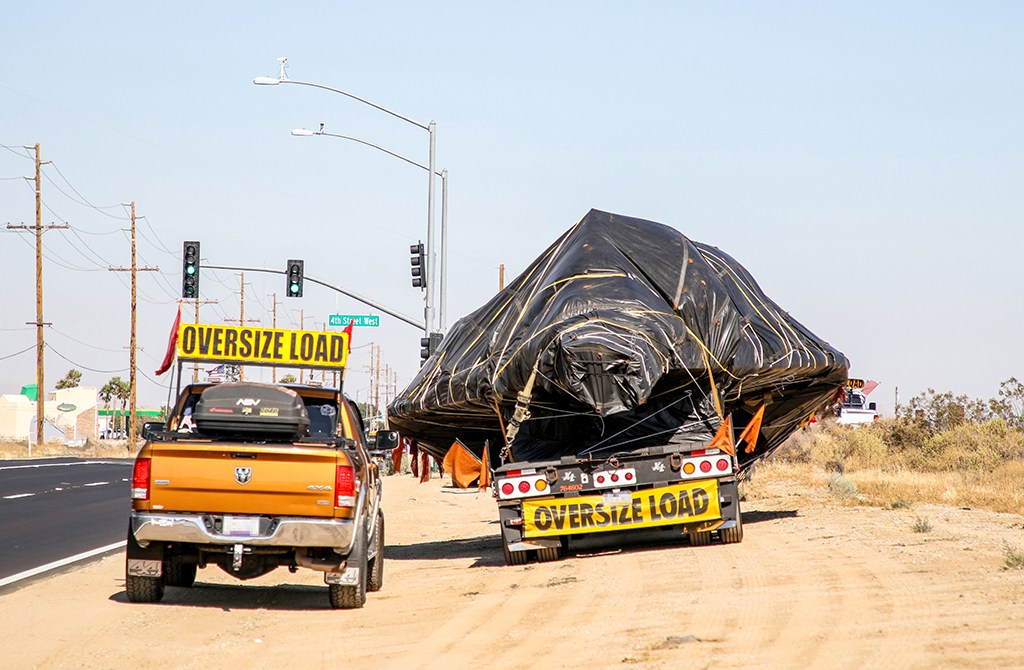
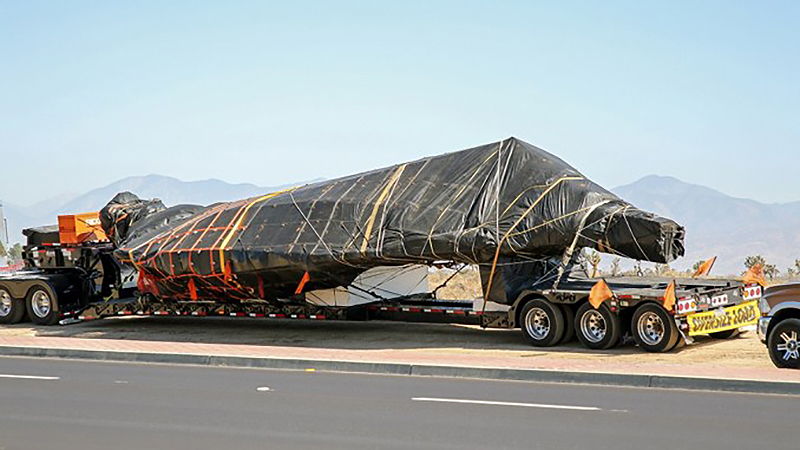
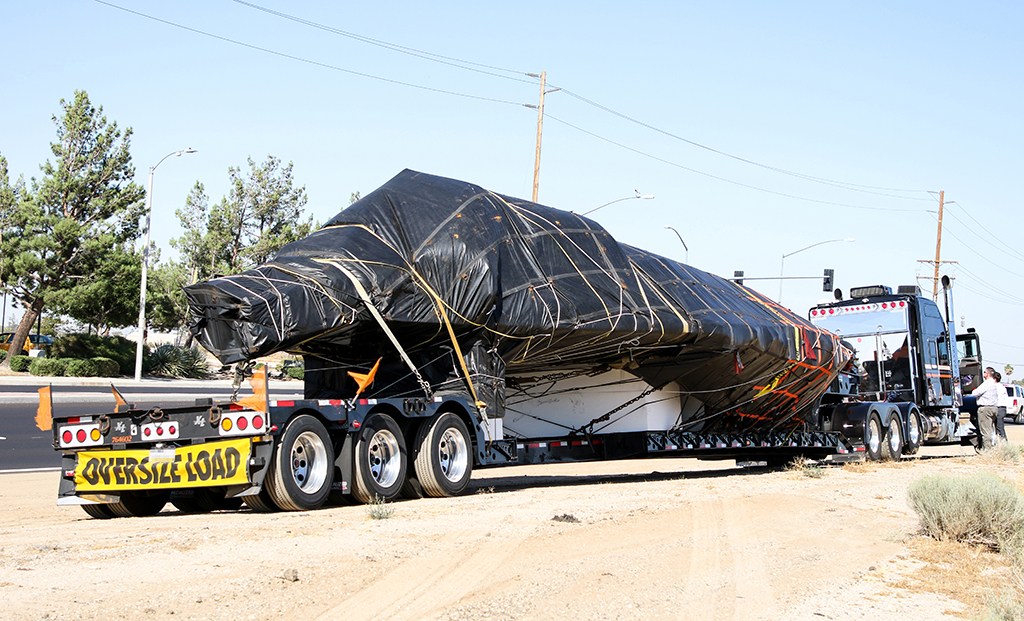
With the new media blasting facility, the “remaining F-117A aircraft will continue to be disposed of in accordance with the Migration Plan at the rate of approximately four aircraft/year,” Air Force spokesperson Brackens explained in his Email to The War Zone.
It remains unclear what the Air Force, or private contractors, might be doing with the remaining F-117s in the meantime. It is obvious from pictures and video that seem to emerge with relative regularity that some of them are still flying, despite there no longer being a requirement to keep them in Type 1000 storage.
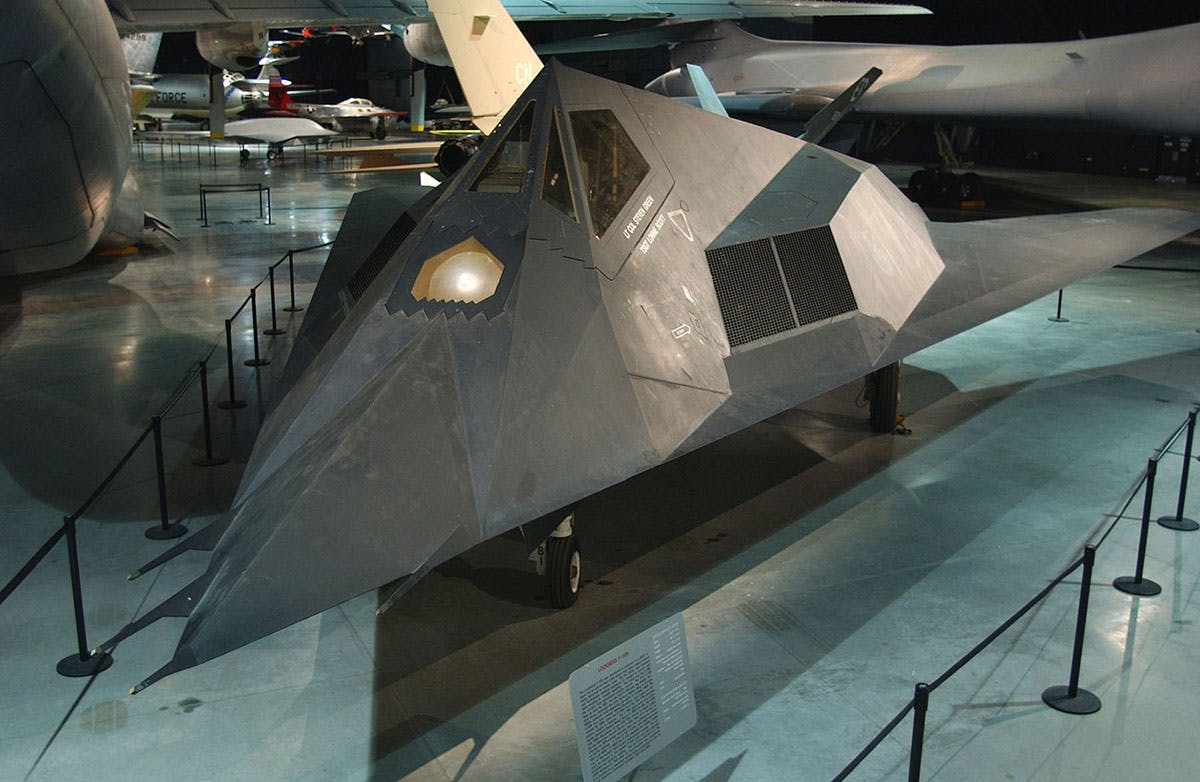
There have been rumors that some of the aircraft might have returned to service secretly, flying missions in the Middle East, but there is no hard evidence to support those claims and there are also alternative explanations. The War Zone has previously explored the possibilities in a pair of features you can find here and here.
For what it’s worth, U.S. Central Command, Air Force Material Command, and Hill Air Force Base, have all responded to Freedom of Information Act requests regarding possible regeneration of the Nighthawks for combat missions by saying they could find no such records. The Air Force Safety Center also said it had no record of any mishaps involving F-117s anywhere in the world since 2014 in response to another FOIA, despite reports of an inflight emergency that led to an emergency landing during purported combat operations in the Middle East.


It remains more plausible that some of the F-117s are involved in ongoing research and development efforts. This could include using them as stealthy targets to test new sensor systems, including infrared search and track (IRST) systems that are set to become prevalent on U.S. military fighter jets in the coming years. You can read more in detail about how the Nighthawks remain valuable assets for supporting this kind of work here.
The lessons the Air Force learns at the media blasting facility at Tonopah, and otherwise during the disposal of the remaining F-117s, may also be useful in the future. The service will face similar issues when it finally retires its fleet of B-2 Spirit stealth bombers.
If there are no more delays in the Air Force’s disposal plans, it will still take more than a decade before the service destroys its last F-117. So, while it seems like the jets have truly entered their twilight period, we may still be seeing some of them flying over the American southwest for years to come.
Author’s note: The original version of this story said that an F-117 with the serial number 80-0784 was destroyed in Fiscal Year 2017, but this appears to have been in error. There is no known F-117 with this serial number. YF-117, serial number 79-10784, was destroyed at Plant 42 in 2008. We have reached out to the Air Force for clarification.
Update 8/29/2019: The Air Force now says that its original statement that it had destroyed an F-117 in Fiscal Year 2017 was entirely in error and this story has been updated to reflect this clarification. The full statement that Air Force Spokesperson Brian Brackens sent in an Email on Aug. 29, 2019, is as follows:
“The previous info was a mistake on our part as we misread older documentation. No F-117 aircraft was destroyed in FY17 and the YF-117 with the serial number 79-10784 was destroyed at Plant 42 (Palmdale, CA) in 2008.
Sorry for the confusion.”
Contact the author: joe@thedrive.com
